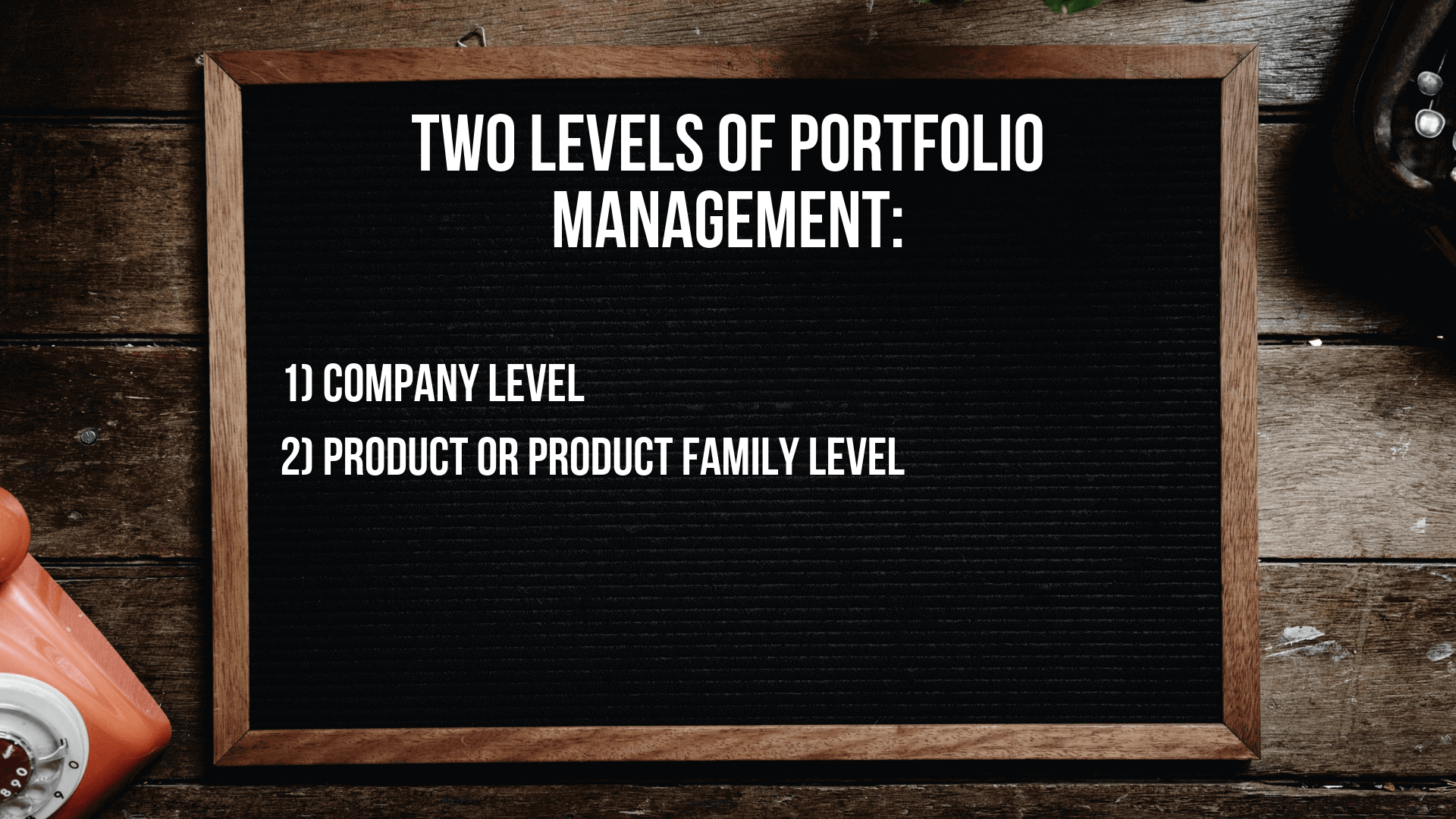Looking at that title, the first thing that comes to mind is that it sounds like a paradox. The second is that this is going to be a really long article. But it isn't. And it won't. Agile portfolio management is not only possible, but it's also both easy and effective.
Traditional Portfolio Management
Traditional portfolio management is about managing all the projects in an organization in order to execute the company strategy. The reason this is difficult is because we made it so. We plan with great detail that which we can't predict.
We create contracts to regulate work that doesn't need regulation. And build layers upon layers of governance to control people who don't need to be controlled. Finally, the PMO requires a myriad of reports that no one ever reads.
From Projects to Self-organizing Teams
Then Agile ideas came along. And with them, the game changer: Stop doing projects and replace them with permanent, self-organizing teams. Given freedom and autonomy, teams show a higher sense of responsibility. Both quality and speed go up.
Related ideas were to get rid of most deadlines and to stop estimating. Instead, measure progress by frequent delivery of working software. Suddenly most of what traditional portfolio management is about becomes"¦ unnecessary.
What Is Agile Portfolio Management?
In Agile companies, portfolio management is about how much funding to give each team. Strategy and intended outcomes are communicated to all teams.
Incentives and culture foster collaboration between teams instead of competition. Those responsible for delivering against outcomes can focus on just that and less on money and reporting.  Most companies can make do with two levels of agile portfolio management.
Most companies can make do with two levels of agile portfolio management.
- The company level
- The product or product family level
The highest level is reduced to a simple capital allocation process. You no longer track detailed cost, risk, and priorities for their entire portfolio. Instead, you do capacity-based funding to different areas of the company.
It could be product areas or areas dedicated to achieving various customer outcomes. The cost is predictable and easy to track, as it translates to the burn rate of the people in that area.
Learn more about Agile project management
The lower level is more entrepreneurial in nature and where the magic happens. Each area will have portfolio management of its own, and full responsibility for the product life cycle. They have the freedom to define the teams and delivery capabilities needed.
Strategic constraints from above are outcome-based and have longer time frames. Thus, the different areas aren't subject to micromanagement or detailed reporting. Product owners manage the product pipelines and decide what to build with the available capacity.
Progress is transparent, represented as frequent improvements and feature deliveries from the teams. This model scales surprisingly well. Even large corporations (10,000+) could get by with these two levels.
In Summary
In a nutshell: Instead of projects and programs, the portfolio consists of funded areas with defined business outcomes. Instead of trying to meet demand, we balance the demand against fixed capacity.
Since there is less flux, almost no work is needed to track and manage people. Due to the autonomous nature of the funded areas, they are still able to adapt to change when needed. People organize into temporary or permanent teams to absorb new initiatives without the overhead of formal projects.
Whatever your approach, a strategy and purpose are essential. Figuring out where to go is difficult, even if you're Agile, both at the company and team level. But since Agile companies don't spend all their time budgeting, tracking finances and writing reports, they have a lot more time to get it right.
Thanks to Mike Burrows for input during the writing of this article.

Thorbjørn Sigberg
Guest Author
Thorbjørn Sigberg is a Lean-Agile coach who loves creating better products, and a better and happier life for those who build them. Also passionate about cars and music. You can find more of Thorbjørn's thoughts on his Medium.



